Electrolux washing machine does not fill with water
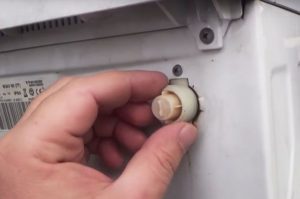 Sometimes housewives, having started the wash and eventually approaching the machine, are surprised to notice that the cycle has not started, and the laundry in the drum has not even gotten wet. The first question is why the machine doesn’t fill with water? The explanation for this problem could be a simple blockage or a failure of one of the most important elements of the washing machine. Let's figure out what to do in this situation, how to get the Electrolux washing machine working.
Sometimes housewives, having started the wash and eventually approaching the machine, are surprised to notice that the cycle has not started, and the laundry in the drum has not even gotten wet. The first question is why the machine doesn’t fill with water? The explanation for this problem could be a simple blockage or a failure of one of the most important elements of the washing machine. Let's figure out what to do in this situation, how to get the Electrolux washing machine working.
Range of possible problems
First, it’s worth checking whether at least a little water “enters” the system or not. To do this, pull out the cuvette - if the powder is wet, then there is a supply. If the granules are dry, the equipment does not collect at all.
Open the tap - the cold water supply may have been turned off in your home. If this is not the case, you will have to look for the cause of the malfunction in the washing machine itself. The problem may be hidden in different places.
- A malfunctioning intake valve. This is what you should pay attention to when you find dry powder in a cuvette. Checking the part requires certain skills: you will have to apply 220 volts to the water intake valve. If the element “clicks”, it means it is working. If there is no reaction to the received impact, it will need to be replaced.

- The filter is clogged. At the entrance to the machine, in front of the solenoid valve, there is a special “mesh”, the purpose of which is to filter the liquid and prevent debris from entering the system. When it becomes clogged, water cannot seep in. In this case, the machine “buzzes” unusually while trying to fill the tank.
- A failed level sensor. It happens that the pressure switch, when the tank is empty, signals to the “brain” that there is enough water in the system.The control module turns off the inlet valve and no fluid flows inside. To check the element, you must remove the top cover of the housing. Having found the sensor (it looks like a washer), you should unhook the tube from it and blow into it. A working pressure switch will click. Sometimes such blowing helps to repair a part if the hose is clogged with dust or other debris.
- In a damaged control module. It is extremely rare that the reason that the machine does not fill with water is a broken circuit board, but you should not completely exclude the possibility of this defect. In the event of a problem of this kind, it is better to invite a technician who has experience working with electronics. A specialist will determine whether it is advisable to repair the microprocessor, or whether it is better to purchase a new unit.
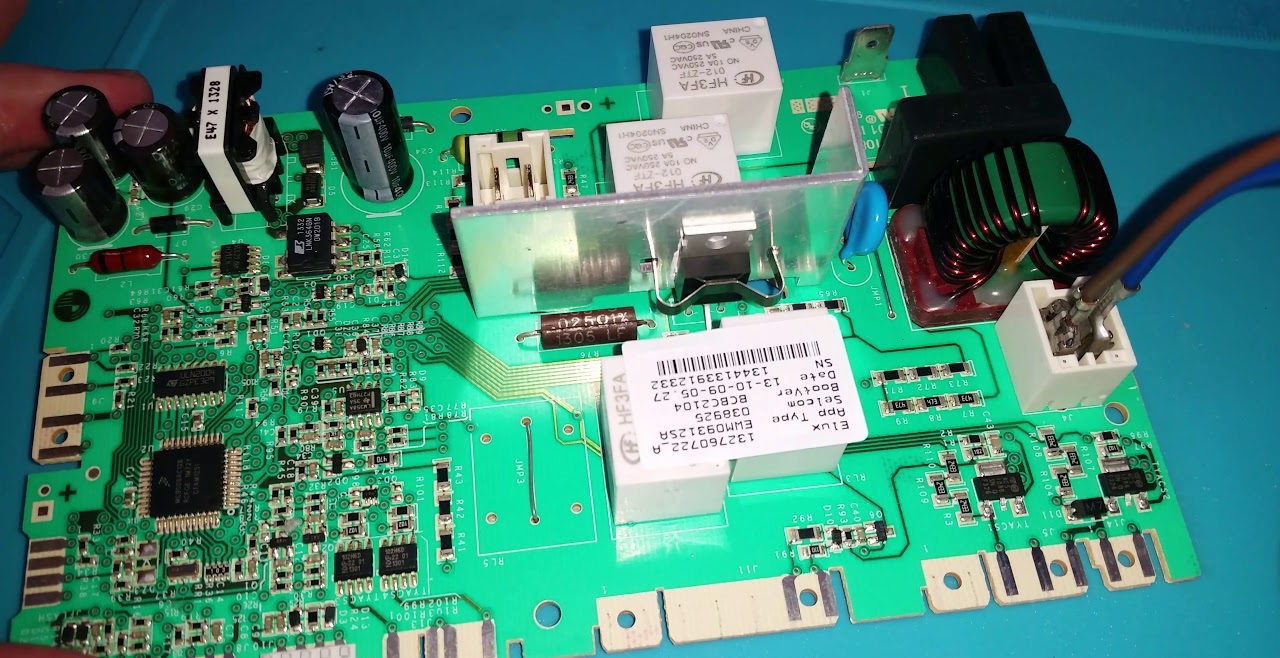
- Burnt out pump. If at the very beginning of operation the pump does not give a signal that it is ready to drain water, the control module will not start washing. Usually it is not practical to repair the element; it is better to install a new pump instead of the failed one.
Modern washing machines are equipped with a self-diagnosis system. You can start the service mode, and the equipment will display an error code that will narrow the range of possible malfunctions. According to statistics, most often the washing machine Electrolux cannot draw water precisely because the valves are damaged or the filter and pipes are clogged. In isolated cases, the cause is a damaged microprocessor or a burnt-out pump.
Check that the hatch is tightly closed - if the system is leaky, the intelligence will not start drawing water into the tank.
It is also better to inspect the tube extending from the pressure switch. Even small cracks on its surface can disrupt the operation of an Electrolux washing machine. Let's figure out where to start checking, what safety rules are important to remember.
Required Initial Actions
If the warranty period of the Electrolux washing machine has not yet expired, it is better not to do “home” repairs, but to call the service center. Specialists will take the machine for diagnostics and perform the necessary actions to repair the device.
If the warranty has long expired, you can try to deal with the problem yourself without calling a technician. Diagnostics are carried out from simple to complex. First, make sure that the water is flowing correctly in the pipes. The water supply may be off. If the communications are in perfect order, you will have to check the washing machine.
Before starting diagnostics, be sure to turn off the power to the equipment and turn off the water supply tap.
Remember how the machine behaved the last time it was started. If you can clearly hear a “buzzing” sound when it tries to draw water, you should check the inlet hose. Inspect the tube for cracks; it may be kinked.
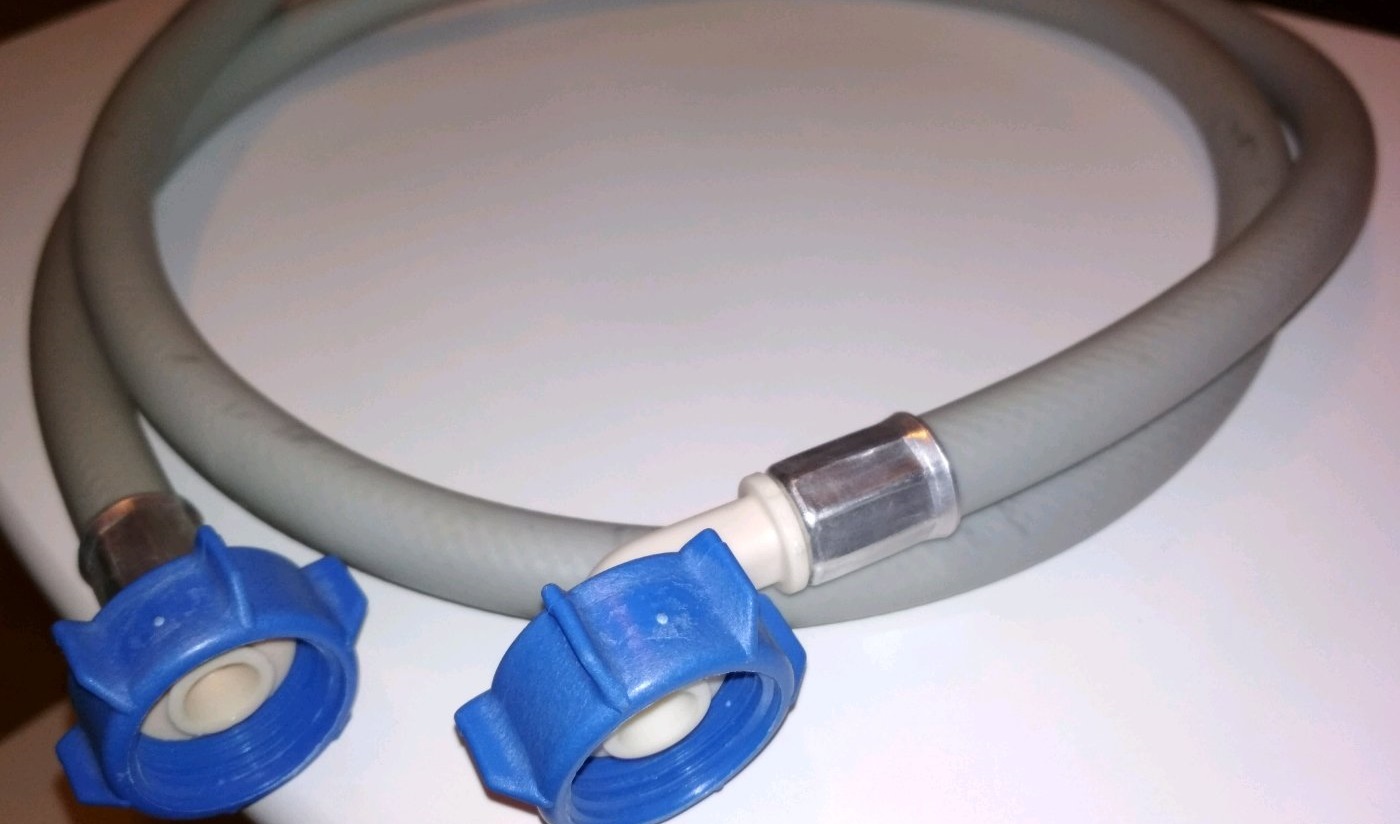
If everything is in order, you need to get to the input filter. Over time, the mesh becomes clogged with debris and does not allow even a drop of liquid to pass through. You need to do this:
- unhook the inlet hose from the rear wall of the housing;
- inspect the “inside” of the intake valve, find the mesh;
- Use pliers to grab the filter;
- forcefully pull the mesh out of the valve;

- clean the perforations using a toothpick or a needle, then rinse the filter in warm water;
- put the filter element back.
If a deep filter is installed in front of the machine's inlet hose, this should also be checked. It is located immediately after the shut-off valve. The element not only becomes clogged with debris, but also deteriorates due to scale.
To remove the deep filter, you will need a pair of wrenches. The first one needs to “support” the joint, the other one needs to unscrew the fastening nut.A deep basin is placed in advance near the pipe, and water is released into this container under strong pressure. The jet will help clean the element. Next, all that remains is to “put” the nut back and check that the connection is not leaking.
The valve does not open, the heater closes
In most cases, the machine does not take in water precisely because the inlet valves are not working. The elements cannot be repaired; only replacing them will help. What should I do to fix the problem?
First, you should purchase replacement intake valves. It is important to buy components that are suitable for a specific washing machine. Electrolux. To avoid mistakes, you can remove the elements, go to the store directly with them and pick up analogues. Further actions will be as follows:
- Unhook the inlet hose from the SMA body. The water from it can be drained into a bathtub or basin;

- Unscrew the screws holding the “top” of the washer. Remove the panel;
- take a photo or record a video of how the wires are connected to the coil;
- pull out the wiring from the connectors;
- Use pliers to unhook the hoses from the terminals;
- Unscrew the bolt that secures the valve;
- remove the non-functioning part from the machine;
- place a new water intake valve in the “socket”, secure it with a screw;
- reconnect the hoses, insert the wires into the connectors;
- make sure that all elements are connected securely and correctly;
- secure the upper wall of the housing, connect the inlet hose;
- check if the washer starts working (by activating a test cycle with an empty drum).
The reason that the tank does not fill, oddly enough, may be a non-working heating element. It is necessary to inspect the element to check for the presence of a layer of scale or traces of breakdown. It would also be useful to diagnose it.The algorithm of actions when replacing a tubular heater will be as follows:
- remove the top panel of the case by unscrewing the bolts holding it;
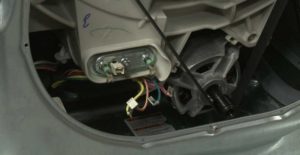
- remove the back wall, also unscrewing all the screws around the perimeter;
- find the heating element. The heater is located below, behind the drive belt;
- take a photograph of the wiring connection diagram to the element;
- Use pliers to disconnect the thermostat and ground contacts from the heating element;
- unscrew the central nut securing the heating element;
After removing the heating element nut, press the pin so that it falls slightly into the depths of the tank.
- grab the tubular heater and, using rocking movements, pull it out of the “socket” along with the rubber gasket;
- treat the rubber cuff with washing gel, insert the seal back;
- install a new heating element, tighten the fixing nut;
- reconnect the previously reset contacts and wires, connect the temperature sensor.
If no problems were identified during the check of valves, filters and heating elements, inspect the hatch door lock. When the UBL is damaged, the machine does not close tightly, so the “brain” does not give a signal to start collecting water. It is necessary to turn off the power to the device again, arm yourself with a multimeter and ring the locking mechanism.
It happens that the problem is much “deeper” than it seems at first glance. If the problem is damage to the electronics, it is better to entrust the repair to a specialist. It’s not worth getting into the “brain” of the washing machine without the necessary knowledge.
Interesting:
Reader comments
- Share your opinion - leave a comment
Categories
Washing machine repair


For buyers

For users

Dishwasher



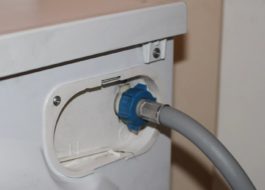
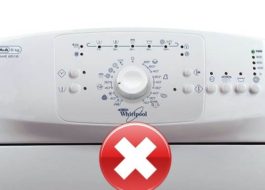

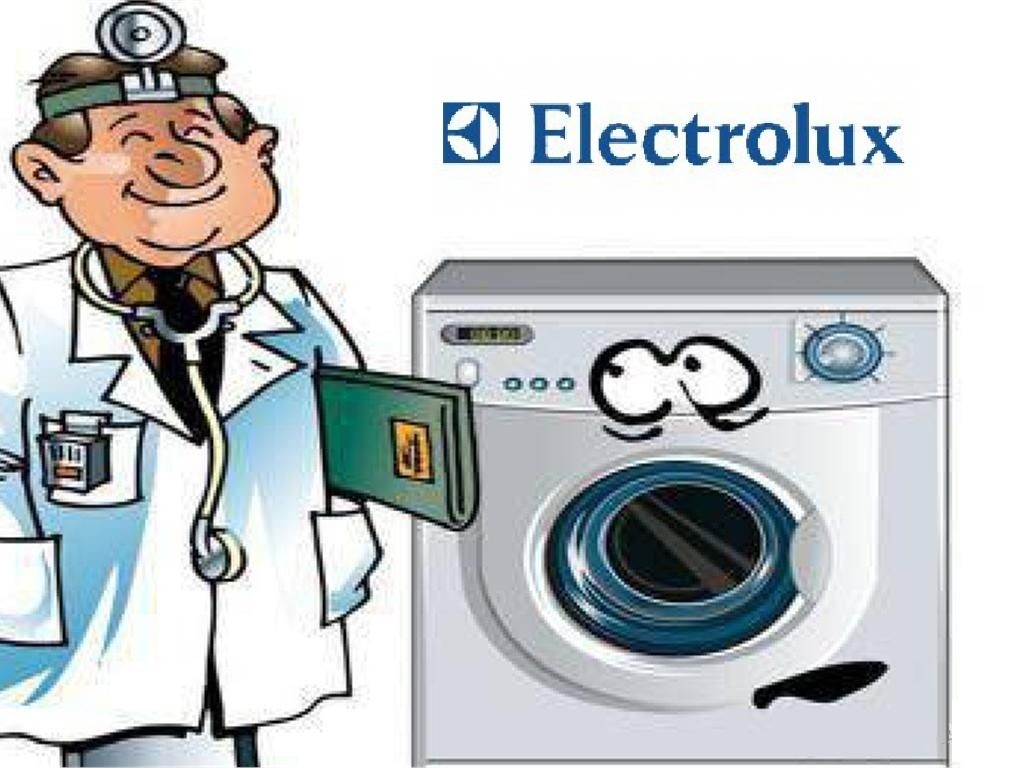










Add a comment